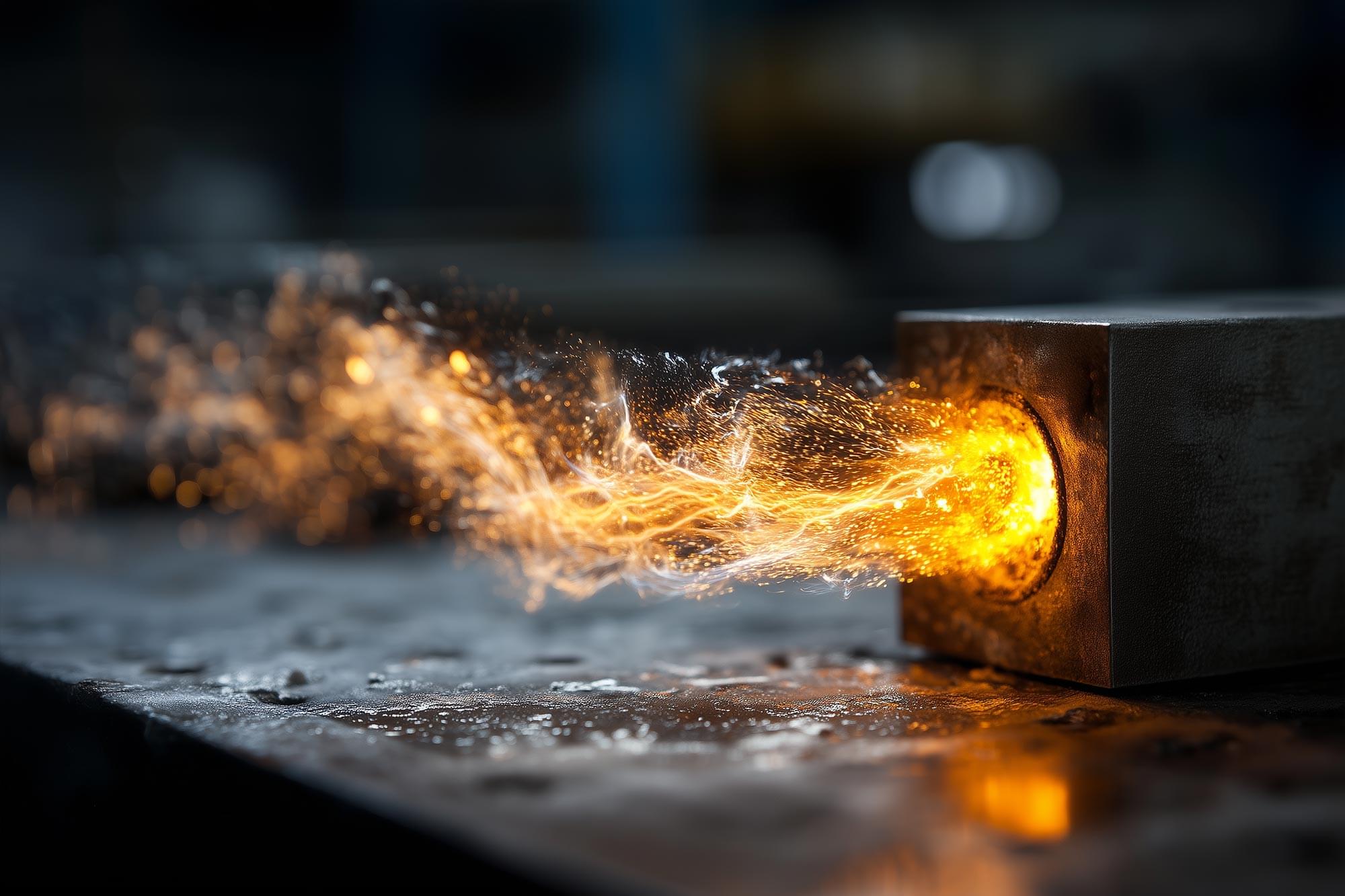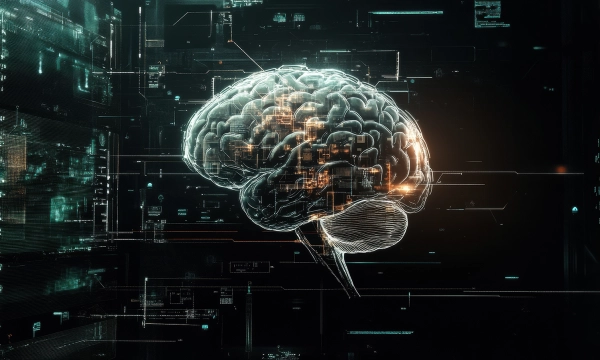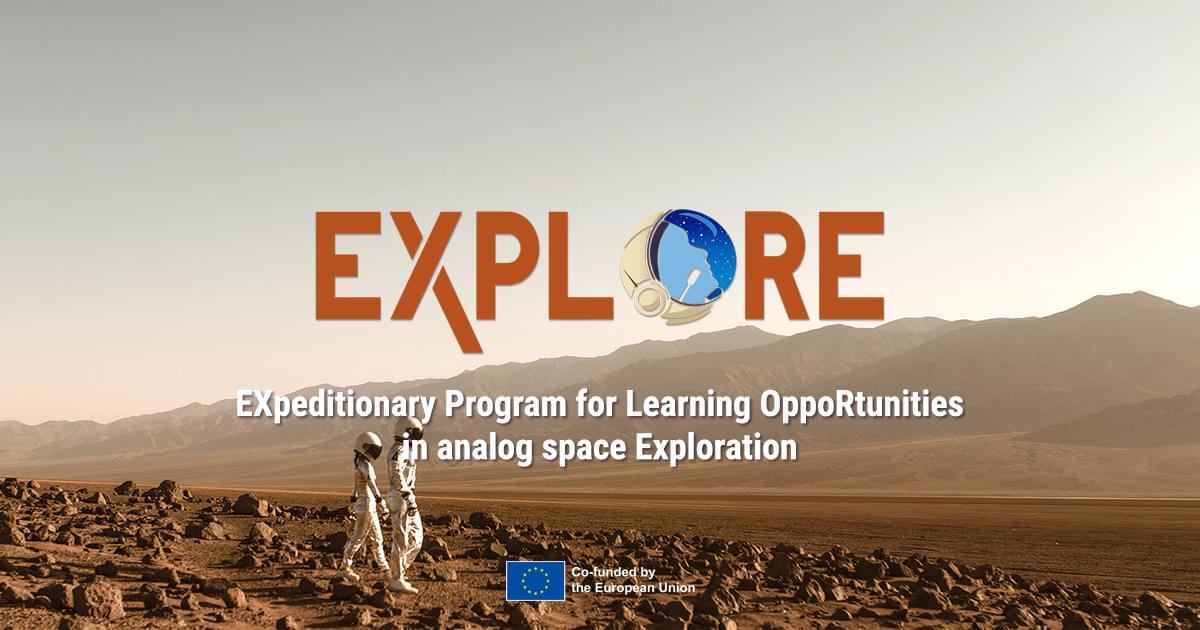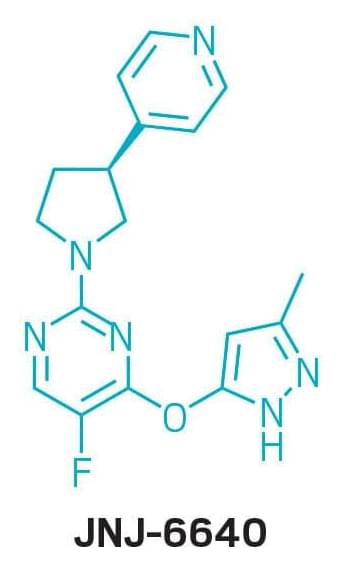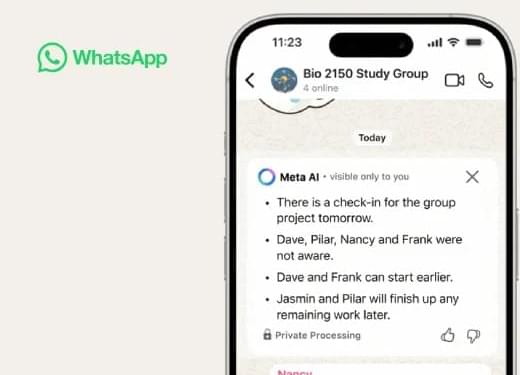The paper argues that the third principle of thermodynamics follows from the second principle, rather than being a separate or independent concept. Professor José María Martín-Olalla of the University of Seville has published a paper addressing a thermodynamics problem that has remained unresolve
